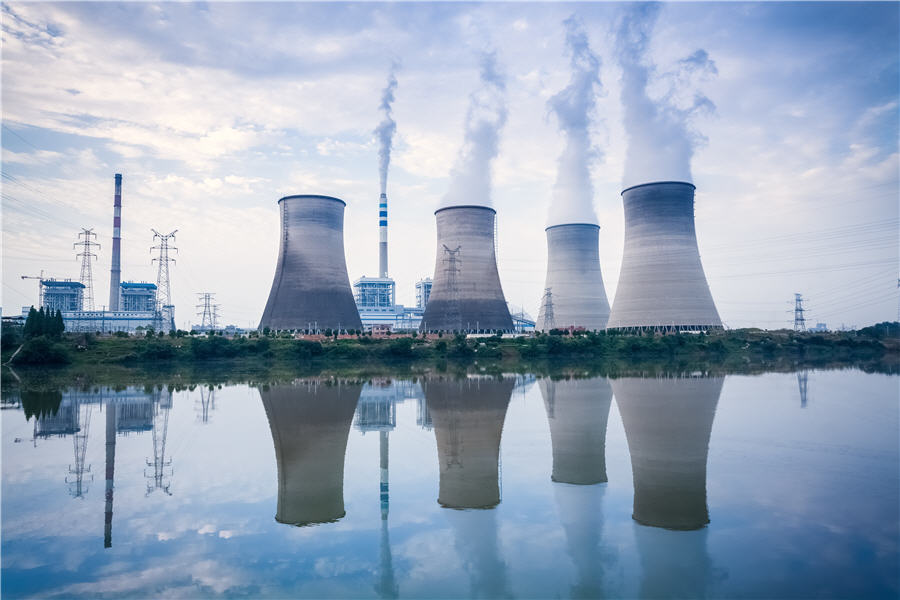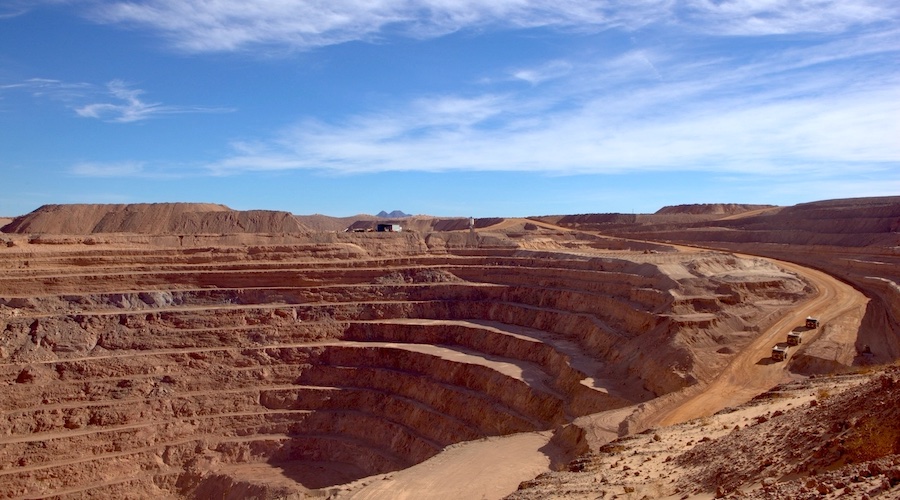China’s green light on coal power won’t trigger new plant boom

China’s green light to build more coal-fired power plants probably won’t usher in a flurry of new construction as most policies and investments in the top energy user will tilt toward renewable sources.
More than 10 regions will be freed of their overcapacity tag in 2022, clearing a hurdle for them to resume building coal-fired plants. But many of the nation’s largest power companies are under a state drive to develop more clean energy projects, according to Morningstar Inc., which expects growth in coal-fired capacity to lag other sources.
“The profitability of coal-fired power plants is so low, there’s no incentive for them to build more”
“The profitability of coal-fired power plants is so low, there’s no incentive for them to build more,” said Morningstar analyst Jennifer Song. “China as a whole has set consumption targets for renewable energy sources. We can see those large power groups also have quotas to build more renewable projects.”
Coal mining stocks fell Monday in Shanghai, giving up their gains after the National Energy Administration statement Friday. China Coal Energy Co. slid 3.5 percent, while Yanzhou Coal Mining Co. lost 2.9 percent.
Businesses and governments are tracking China’s efforts to transform its energy mix as its massive scale could shape global trends and spur a faster transition toward renewable energy. In its battle against pollution, China has spent more on renewable energy than any other country and led a campaign to burn gas instead of coal. Yet it’s still pumping money at home and abroad into coal-fired generation, and it’s forecast by the International Energy Agency to continue to consume about half the world’s coal through 2023.
Freed up
Areas freed up for new coal power plant construction include Hebei, Qinghai, Chongqing, Guangxi, Guangdong, Yunnan, Guizhou and Henan, according to NEA. That doesn’t change Everbright Sun Hung Kai Co.’s forecasts for capacity additions in China, with analyst Tian Miao saying the country has cut investments in coal power for several years now.

Data on Monday showed China’s investment during January-March in thermal power plants, which mostly consist of coal-fired generators, slumped 30 percent from a year earlier. In contrast, spending on hydropower and wind power projects rose 48 percent and 30 percent, respectively.
“Most of the capital expenditure planned by coal-fired power companies will be in renewable energy,” said Song Qiuyi, a Shanghai-based analyst at Capital Securities Corp., adding the latest assessment from NEA won’t change the situation.
More News
Mexico seeks to solve problems that led to mine strikes, president says
April 10, 2025 | 07:56 am
{{ commodity.name }}
{{ post.title }}
{{ post.date }}




Comments